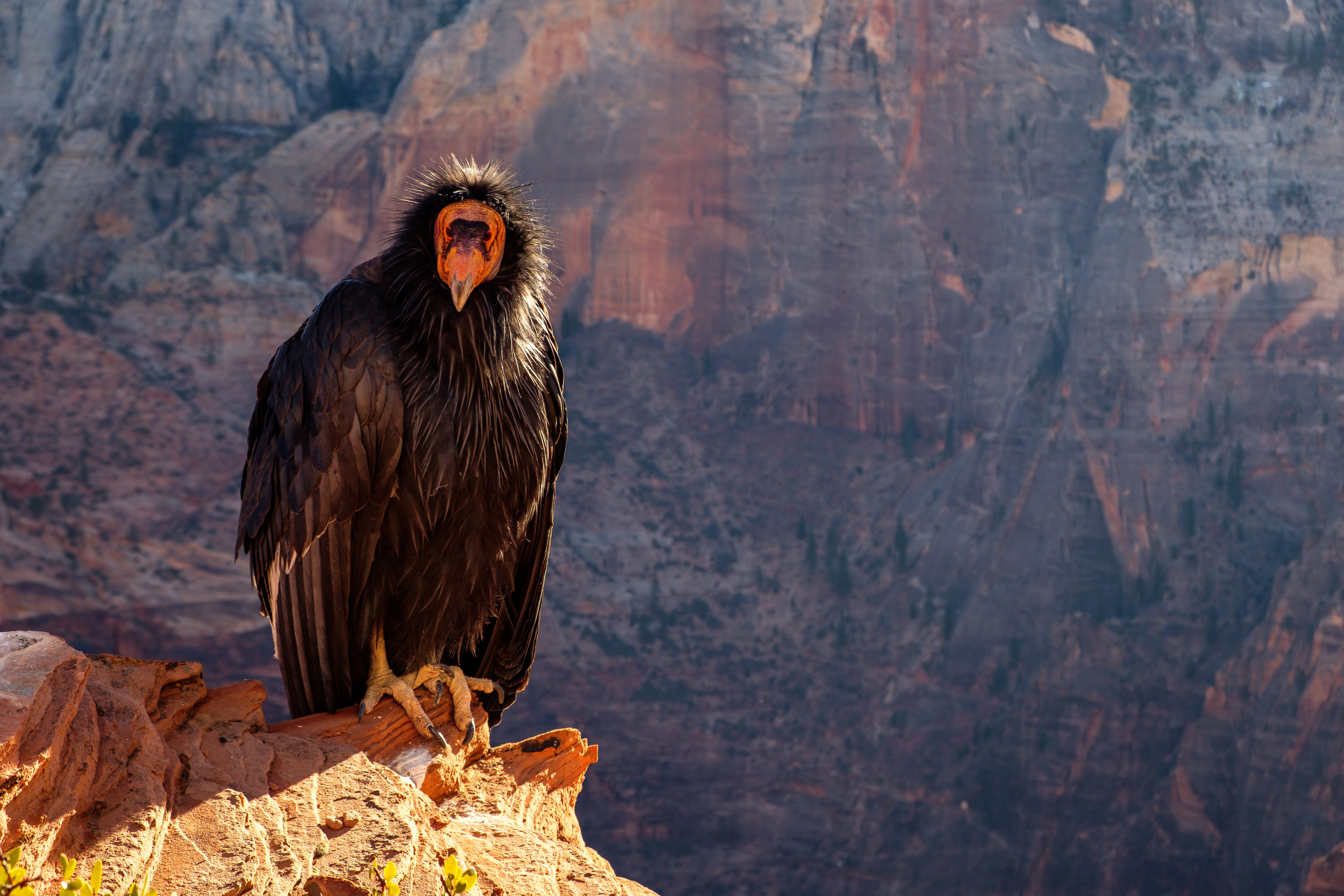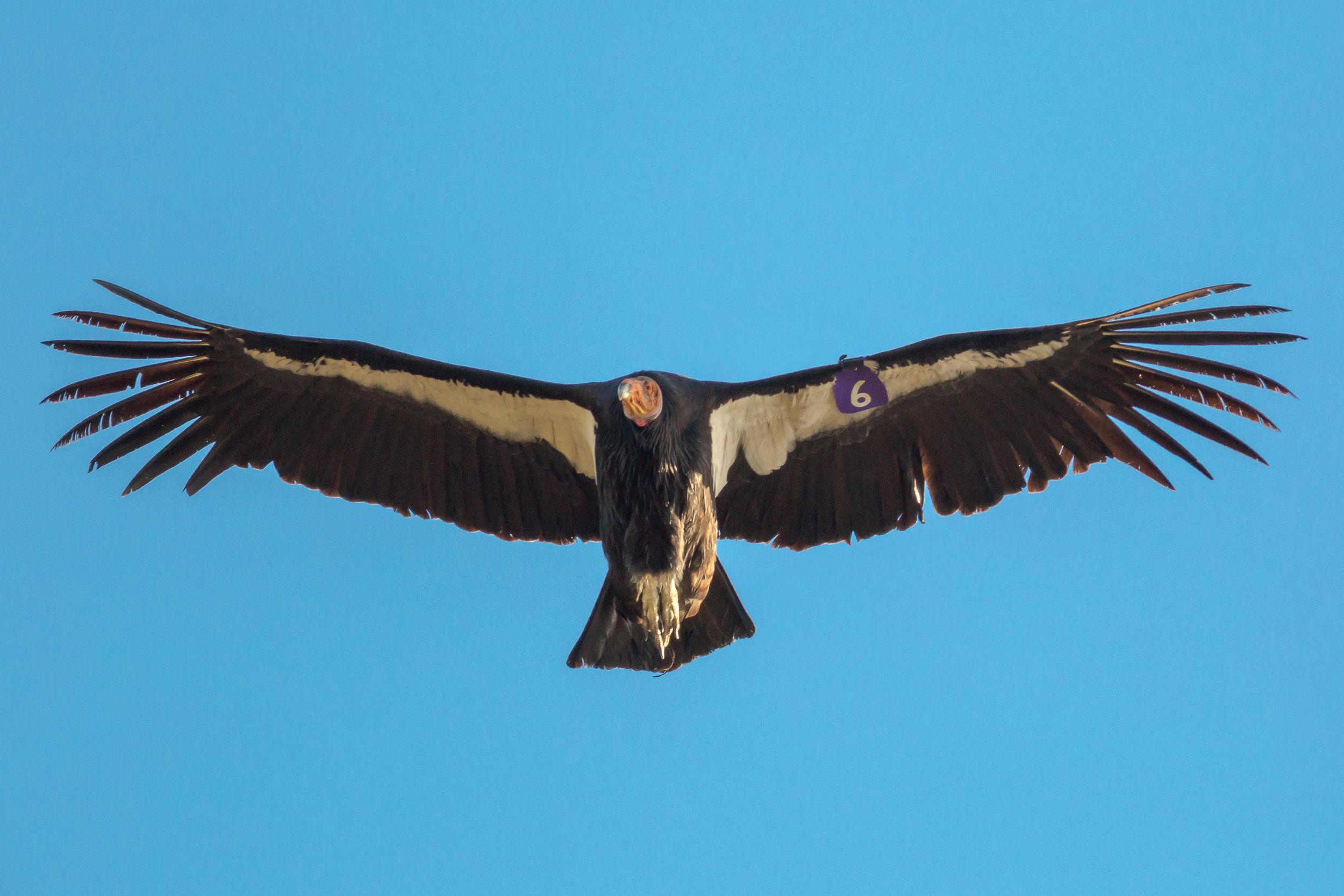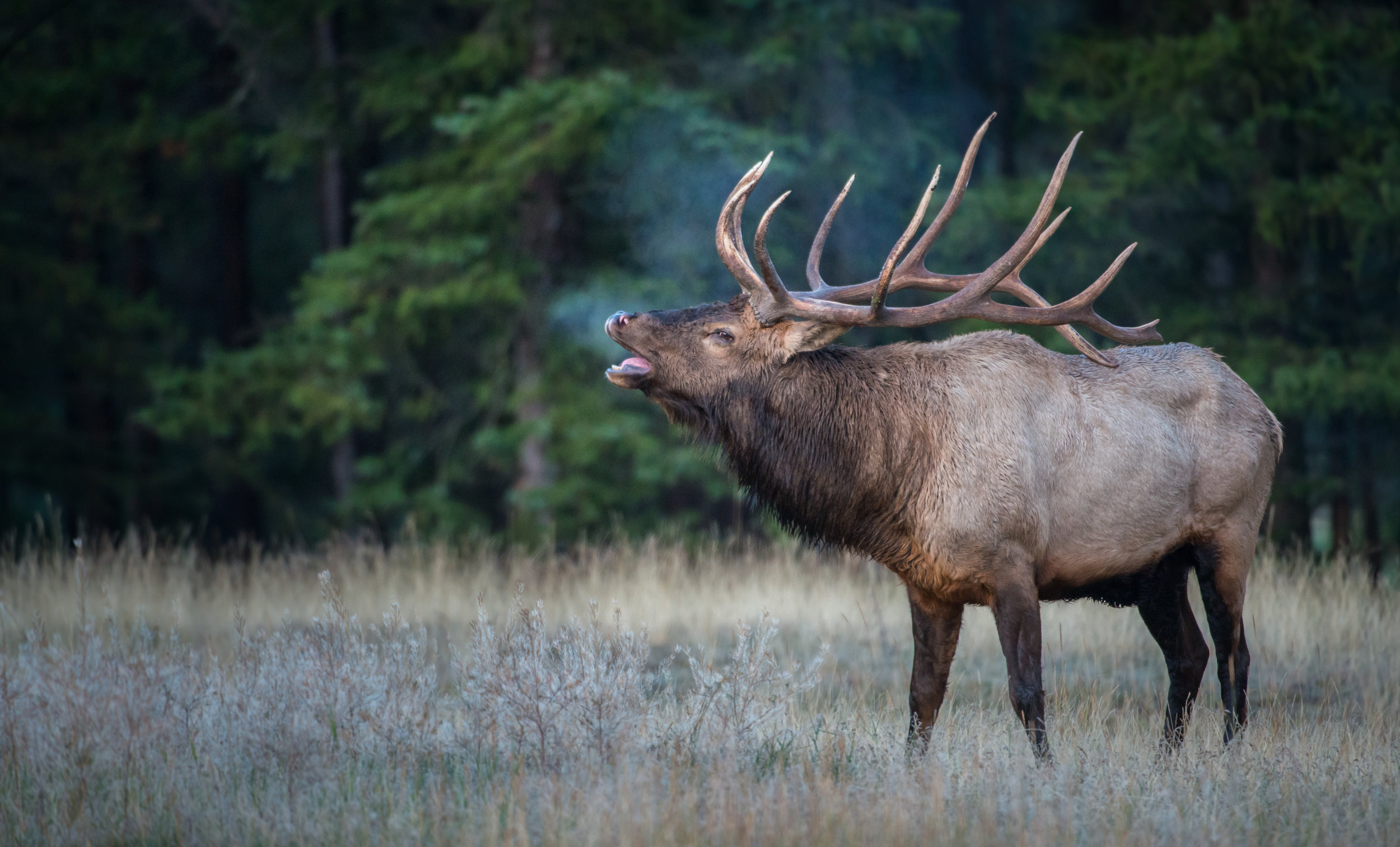The US Fish and Wildlife Service (FWS) is planning to introduce a small group of California condors into the Pacific Northwest in an attempt to create a stable population. Under section 10 of the Endangered Species Act, the FWS want to create a non-essential population in northern California, northwest Nevada and the entire state of Oregon.
The largest soaring bird on the continent, the California condor was placed on the endangered species list on March 11th 1967. By 1987, the condor existed only in captivity. Having suffered from lead poisoning, a severe population bottleneck, and loss of genetic diversity, all remaining wild condors were captured.
As of December 2017, there were 290 California condors in the wild, divided among the four release areas: Central California (90 condors); southern California (80 condors); northern Arizona and southern Utah (82 condors); and the Sierra de San Pedro Mártir release site in Baja California (38 condors). About 463 exist in total as of the same date.
California Condor (Tag #6) at Pinnacles National Park. Several National Parks acts as habitat for the condor, including Zion, Grand Canyon, and Pinnacles.
Reintroduction Efforts So Far
In order to reintroduce a North American animal into a part of it’s historic range where it is currently absent from under section 10 of the Endangered Species Act, it has to be separated entirely from existing wild populations. There hasn’t been a specimen in the proposed northwest area since 1892, and a considerable distance lies between the experimental population and any existing ones.
But such efforts are an ideal way to increase species resiliency, as having disjointed populations reduces the risk that any one major event could threaten the species’ existence.
There are frequent ongoing releases of captive California condors into each of the wild populations. Plenty of hard work is put into these reintroduction efforts by the breeding centers, and releases are carefully coordinated among the different sites to ensure a healthy age structure, sex ratio, and distribution of founder genomes.
The reintroduction effort if commissioned and approved, would likely start with small groups of breeding pairs, varying in size based on captive-bred numbers, to be released annually into Redwood National Park and allowed to spread north and east as the population grows.
The page on the FWS website is open until early June for public commenting, and they include mailing addresses, both PO and electronic, in case you want to voice your opinion.
A Proud History of Conservation
The United States has a long history of exploiting the wealth of wildlife within our borders. However we’ve also had a very successful career of reintroducing species back into parts of their range from which our ancestors extirpated them.
Bison, white egrets, and famously grey wolves have all seen a reclamation of ground once tread. But perhaps no North American mammal has benefited more than elk.
Elk once roamed from coast to coast, and could be found in Arizona as much as in Maine. But like so many large mammals, market hunters, ranchers, and native Americans pushed the elk very near to extinction.
Today, through the efforts of state fish and game agencies, the Department of the Interior, and not-for-profits like the Rocky Mountain Elk Foundation, elk have made their way back eastward.
There wasn’t an elk bugle to be heard in Kentucky for a hundred years after the last animal was killed in the mid 1880’s. A century later however, 1,500 out of state elk were captured from Utah, North Dakota, Arizona and Kansas, and released between 1997 and 2002.
In 2017 Kentucky had free-ranging herds topping 11,000 animals, the most of any state east of the Mississippi, while Virginia and other surrounding states, regaining their own populations, are beginning to open up seasons for hunting.





